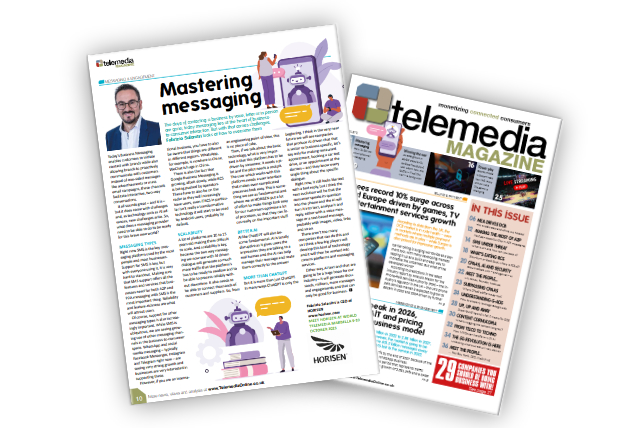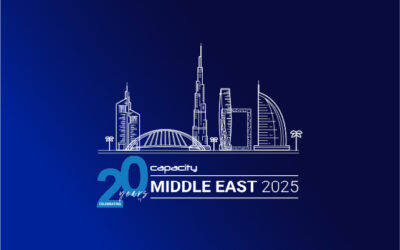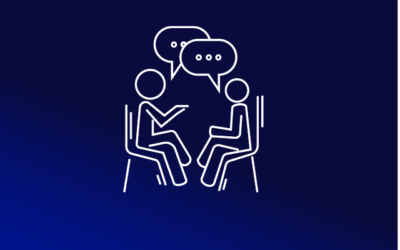Interview with Fabrizio Salanitri for Telemedia Magazine
Today’s Business Messaging enables customers to initiate contact with brands while also allowing brands to proactively communicate with customers. Instead of one-sided messages like advertisements or mass email campaigns, these channels facilitate interactive, two-way conversations.
It all sounds great – and it is – but it does come with challenges and, as technology such as AI advances, new challenges arise. So, what does a messaging provider need to be able to do to be ready for this brave new world?

Messaging Types
Right now SMS is the key messaging platform used by the most people and most businesses. Support for SMS is key, but with everyone using it, it is very hard to standout. Making sure that SMS support offers all the features and services that businesses need for both A2P and P2A messaging with SMS is the most important thing. Reliability and feature-richness are what will attract users.
Of course, support for other messaging types is also increasingly important. While SMS is ubiquitous, we are seeing growing use of other messaging channels in the business-to-consumer space. WhatsApp and social media messaging – typically Facebook Messenger, Instagram and Telegram right now – are seeing very strong growth and businesses are very interested in supporting these.
However, if you are an international business, you have to also be aware that things are different in different regions. WhatsApp, for example, is nowhere in China; WeChat is huge in China.
There is also the fact that Google Business Messaging is growing, albeit slowly, while RCS is being pushed by operators. These have to also be on the radar as they will increasingly have users, even if RCS in particular isn’t really a transformative technology it will start to be used by Android users, probably by default.
Scalability
A lot of platforms are 10 to 15 years old making them difficult to scale. And scalability is key, because the two way messaging we now see with AI driven dialogue will generate so much more traffic that the platform’s has to be ready to swallow and to be able to process reliably without downtime. It also needs to be able to connect thousands of customers and suppliers. So, from an engineering point of view, this is no piece of cake.
Then, if we talk about the basic technology, what is very important is that this platform has to be driven by someone; it needs a pilot and the pilot needs a cockpit.
The user which works with this platform needs a user interface that makes even complicated processes look easy. This is something we see as fundamental and where we at HORISEN put a lot of effort to make things look easy for our customers optimise a lot of processes, so that they can focus really on the important stuff.
Better AI
AI like ChatGPT will also become fundamental. AI is totally disruptive as it gives users the impression they are talking to a real human and the AI can help manage their message and route them correctly to the answer.
More than ChatGPT
But it is more than just ChatGPT. In many ways ChatGPT is only the beginning . I think in the very near future we will see companies that produce AI driven chat that is sector or business specific, let’s say only for making restaurant appointment, booking a car test drive, or an appointment at the doctors – and they know every single thing about the specific dialogue.
Right now, it still looks like text with a text reply, but I think the next evolution will be that the consumer speaks its question into the phone and the AI will turn it into text, analyse it and reply, either with a voice message or a text-based message, probably with images, video, links and so on.
There aren’t too many companies that can do this and so I think a few big players will develop this kind of technology and it will then be worked into comms platforms and messaging services.
Either way, AI text and chat are going to be a huge boon for our industry – it will generate thousands, millions, more messages and engagements and that can only be good for business.
This interview was published at Telemedia Online, a trusted source for industry news.





